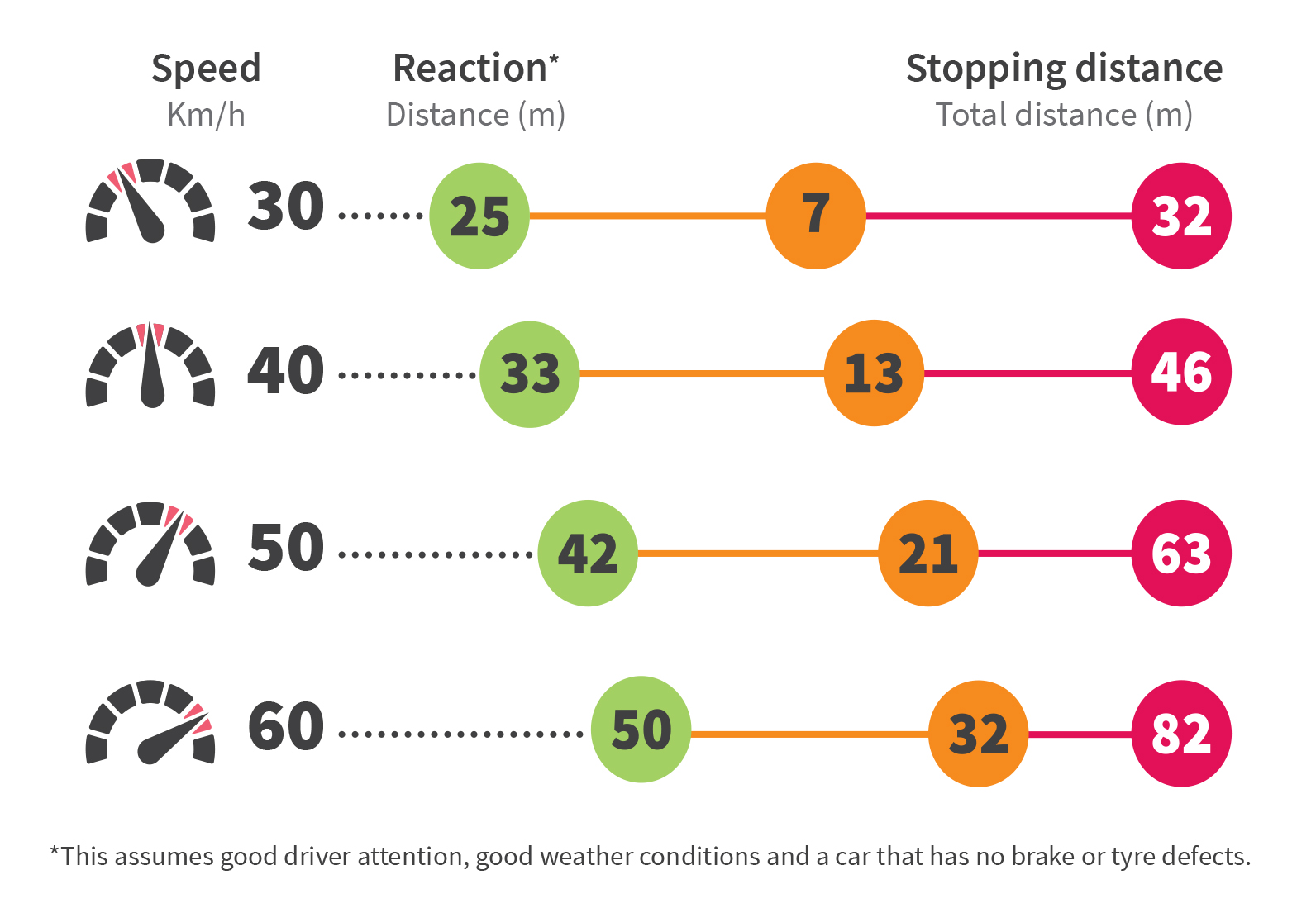Blog
Blog by Jenni Wiggle BEM, Vice-President of Living Streets Aotearoa explores the many benefits of walking and its importance as a way to get around and be active.
New Zealanders are choosing to walk more and drive less as a way to get around, according to recent research released by the New Zealand Transport Agency Waka Kotahi. In 2024, 82% of people walked for transport at least once a week, a significant increase from the 64% who did so in 2023.
A list of the 2025 Walking Summit Speakers with their bios, photos, and talk titles
How does Aotearoa New Zealand rate internationally on pedestrians killed in road crashes? LSA Executive Council member Bill Frith uses data from the International Transport Forum to try and answer this question.
An interview with Dr Eva Neely a senior lecturer at Te Herenga Waka – Victoria University of Wellington. Eva talks about her research on Parent-Centred Urbanism
Molly Magid, Communications and Campaign Assistant for Living Streets Aotearoa, writes about the Christchurch Conversations event “Steps to a more walkable Ōtautahi”.
Femke Meinderts, co-leader of the group Parents for Active Transport Atawhai, writes about how her community organised to keep a safer speed limit on their stretch of SH1.
A recent analysis from researchers at the University of California provides insight into how cities can increase active travel through infrastructure changes.
Parking on and over footpaths is inconsiderate and illegal. This year Living Streets is upping its efforts to decrease the incidence of motor vehicles being parked on footpaths–something that happens far too frequently. Our campaign to address footpath parking has three main strands.
Living Streets Aotearoa has joined All Aboard Aotearoa, Bike Auckland, Walk Auckland, and Brake NZ, school principals and local communities in sending an open letter to the Minister of Transport Chris Bishop to let Aucklanders keep safe speeds on their streets.
A guide for submitting for safer speeds on speed limit consultations
Carl Lintott from Christchurch was part of the panel discussion at our Walking Summit last year. He talked about the challenges of being a deafblind pedestrian with a white cane.
The final Government Policy Statement on Land Transport 2024 has now been released.
The Government has released its draft Setting of Speed Limits Rule, which rolls back many of the changes made under the previous Government that were designed to make our roads safer for everyone by reducing vehicle speeds.
It’s time to write submissions for our local government long term plans to get the changes we deserve for the places where we live.
All the good things we want need to be in these 10-year budgets, either as stand-alone items for big projects or in a funding bucket that will cover the smaller projects.
Pedestrian projects are often high-value yet low-cost items that get rolled together in transport projects with anodyne names like ‘renewals’, ‘upgrades’, ‘improvements’, ‘operations’ and ‘maintenance’.
Speed kills, and in particular, speed kills pedestrians. Reducing urban road speeds from 50 to 30 km/h hugely improves pedestrian survival rates in accidents.

About Us
Living Streets Aotearoa is the New Zealand organisation for people on foot, promoting walking-friendly communities. We are a nationwide organisation with local branches and affiliates throughout New Zealand.
We want more people walking and enjoying public spaces be they young or old, fast or slow, whether walking, sitting, commuting, shopping, between appointments, or out on the streets for exercise, for leisure or for pleasure.
